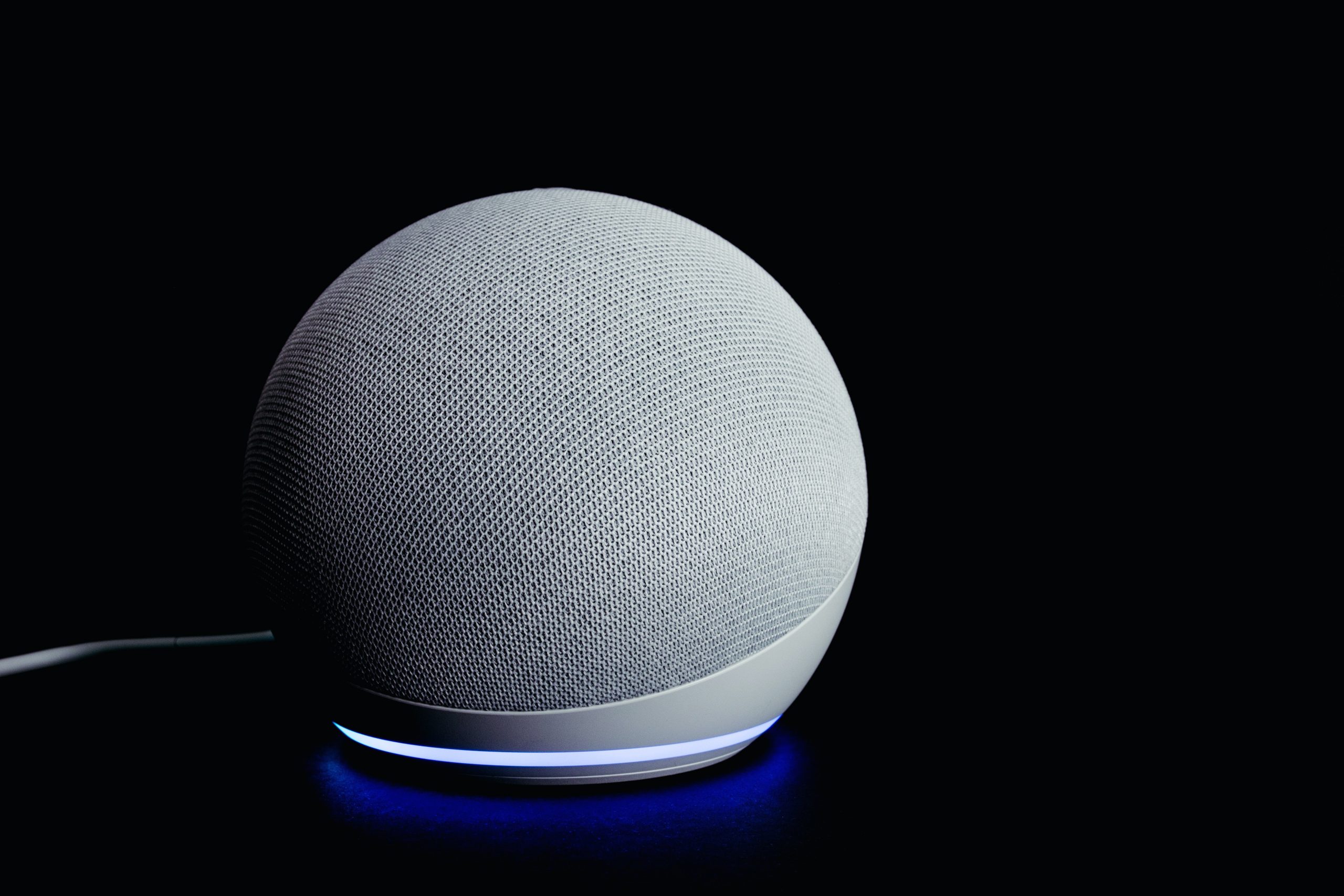Voice control is the transmission of commands to technical devices by voice. Examples include voice assistants such as Siri or Alexa, which can already be used with a wide range of devices. Voice control has become an important technology in the smart home and makes everyday life easier in many areas – especially for older people or people with limited mobility.
A key area of application is the control of smart home devices. Simple voice commands can be used to switch lamps on and off or dim them, regulate the heating and even control windows or shutters automatically. Household appliances also benefit from voice control: robotic vacuum cleaners can be started, the coffee machine activated or washing machines notified that the wash cycle is finished.
Safety and emergency solutions are particularly important for older people. Voice-activated emergency call systems make it possible to call for help quickly in an emergency, while smart video doorbells and door locks make it easier to open and close doors securely. Alarm systems can also be conveniently controlled by voice command.
Virtual assistants such as Alexa, Google Assistant or Siri provide valuable support in everyday life. They remind you to take your medication, attend doctor’s appointments or carry out daily tasks and make communication easier with voice-controlled calls and messages. The operation of televisions and radios is also becoming easier, as channels, volume or audio books can be controlled by voice input.
In addition to practical support, mental and social activation also plays a role. Voice-controlled devices can play music, read out audio books or offer interactive memory training and brain games. They also enable uncomplicated video telephony, making it easier for older people to stay in contact with relatives or carers.
Voice control therefore not only improves convenience and safety, but also helps people to live independently in their own four walls for longer. The combination of technical support and intuitive operation makes it a valuable aid in everyday life.
Image: Jonathan Borba via Pexels















